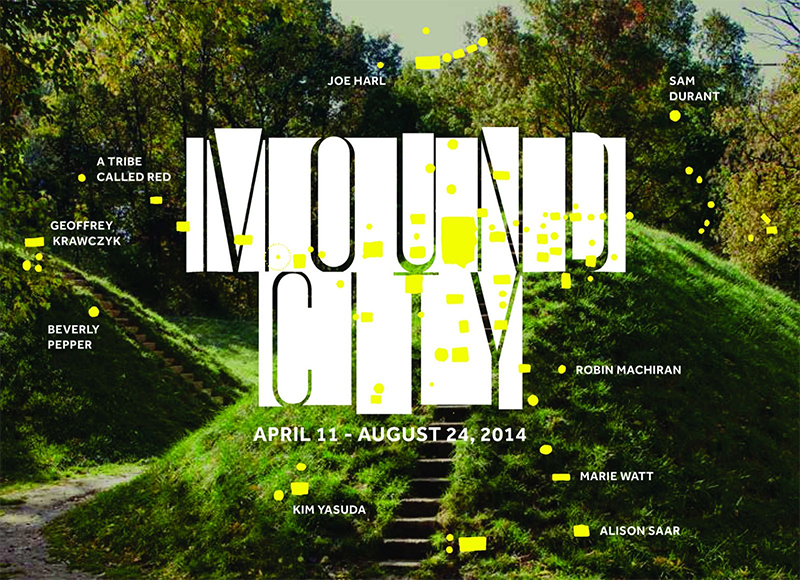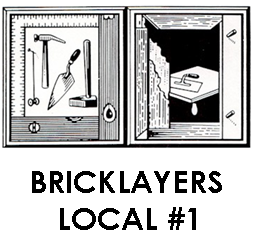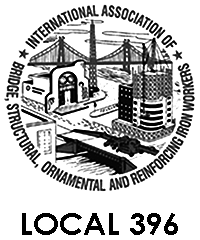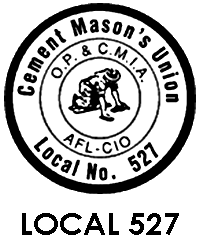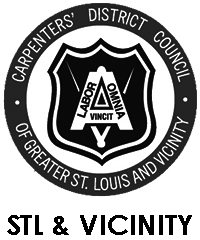Sculpture as Social Record
Recess takes its inspiration from the visual extremes of St. Louis, where DIY rehabs sit opposite crumbling ruins. Laumeier's peaceful environs provide a place for visitors to reflect on the tension between economics and aesthetics removed from a familiar context. Bricks spiral up from the dust, stabilized and preserved in time. It faces the suburban homes that figure heavily in its circumstances, hidden in the trees below a small mound in the shadow of nearby Cahokia.
The walls themselves are comprised of brick salvaged from Old North and laid in traditional style. They will be engraved with thoughts, critiques, and comments from the citizens of St. Louis and the surrounding areas. The structure is constructed solely with local union labour as a commitment to their role in the building of the region. Visitors can read the fragmented story of the city in its own words as they explore the monument. It provides a lasting testament for future generations, documenting the present day in a way the Mississippians failed to achieve.
